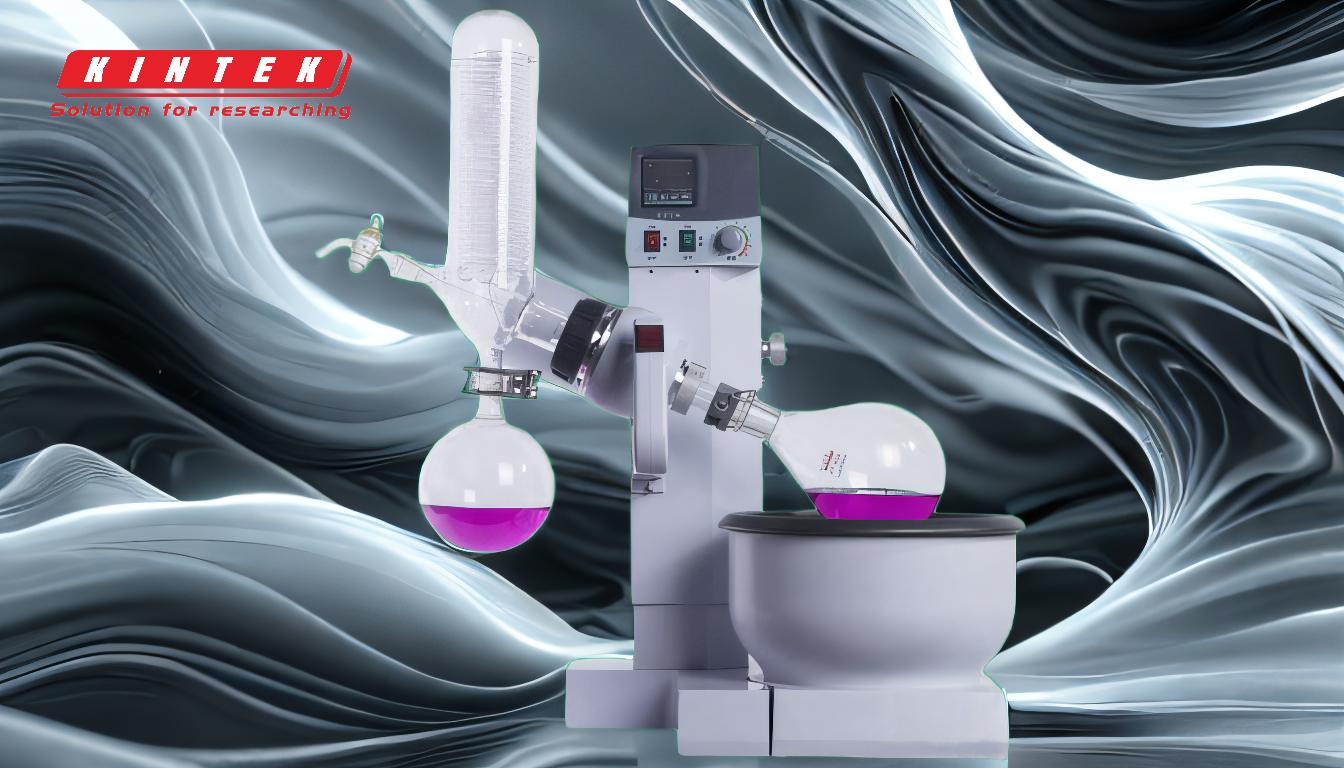Distillation is a separation technique used to separate components of a liquid mixture based on differences in their boiling points. It is particularly effective when the boiling points of the components differ significantly, typically by more than 80°C. This method is widely used in industries such as pharmaceuticals, petrochemicals, and food processing to purify or recover specific components. Single distillation is often sufficient for separating highly volatile solvents from high-boiling materials, whether the goal is to recover the solvent or the residue. Below, we explore the key scenarios where distillation is necessary and the factors that make it an optimal choice.
Key Points Explained:

-
Significant Difference in Boiling Points
- Distillation is most effective when the boiling points of the components in a mixture differ by more than 80°C.
- Example: Separating ethanol (boiling point: 78°C) from water (boiling point: 100°C) is feasible because the difference is 22°C, but a larger difference simplifies the process.
- When the difference is smaller, fractional distillation or other techniques may be required.
-
Separation of Volatile Solvents from High-Boiling Materials
- Distillation is commonly used to separate highly volatile solvents (e.g., acetone, ethanol) from high-boiling materials (e.g., oils, waxes).
- This is useful in industries like pharmaceuticals, where solvents are often used in synthesis and need to be recovered for reuse.
- Example: Removing acetone (boiling point: 56°C) from a mixture with a high-boiling polymer.
-
Target Recovery of Specific Components
- Distillation can be used to recover either the volatile solvent or the high-boiling residue, depending on the application.
- Example: In the production of essential oils, the volatile oil is the target, while the residue is discarded. Conversely, in some chemical processes, the residue may be the desired product.
-
Purification of Liquids
- Distillation is a key method for purifying liquids by removing impurities with different boiling points.
- Example: Purifying water by removing dissolved salts or organic contaminants through distillation.
-
Industrial and Laboratory Applications
- In industrial settings, distillation is used for large-scale separation processes, such as refining crude oil into gasoline, diesel, and other fractions.
- In laboratories, it is used for smaller-scale purification and analysis, such as isolating specific compounds from a reaction mixture.
-
When Other Separation Techniques Are Ineffective
- Distillation is preferred when other techniques like filtration or crystallization are unsuitable due to the nature of the mixture.
- Example: Separating a mixture of two miscible liquids with similar densities but different boiling points.
-
Energy Efficiency and Cost Considerations
- Single distillation is energy-efficient and cost-effective when the boiling point difference is large, as it requires less energy and fewer stages compared to fractional distillation.
- Example: Separating methanol (boiling point: 65°C) from a high-boiling solvent like glycerol (boiling point: 290°C).
-
Environmental and Safety Factors
- Distillation is a clean and safe method for separating hazardous or flammable solvents, as it can be performed in a controlled environment.
- Example: Recovering flammable solvents like hexane or toluene from industrial waste streams.
By understanding these key points, a purchaser of equipment or consumables can determine when distillation is the appropriate separation technique for their specific needs. The choice of distillation equipment (e.g., simple distillation setup, fractional distillation column) will depend on the complexity of the mixture and the desired purity of the separated components.
Summary Table:
| Scenario | Key Details |
|---|---|
| Significant difference in boiling points | Effective when boiling points differ by >80°C; smaller differences may require fractional distillation. |
| Separation of volatile solvents | Used to separate solvents like acetone or ethanol from high-boiling materials. |
| Target recovery of specific components | Recover either the volatile solvent or the high-boiling residue, depending on the application. |
| Purification of liquids | Removes impurities with different boiling points, e.g., water purification. |
| Industrial and laboratory applications | Large-scale refining in industries; smaller-scale purification in labs. |
| When other techniques are ineffective | Preferred for miscible liquids with similar densities but different boiling points. |
| Energy efficiency and cost | Single distillation is cost-effective for large boiling point differences. |
| Environmental and safety factors | Clean and safe for separating hazardous or flammable solvents. |
Need help choosing the right distillation equipment? Contact our experts today!









